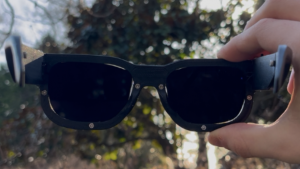Solving for the wearable design challenge of devices requiring frequent battery changes or charges, researchers from Carnegie Mellon University have developed a technology that will allow wearables to be powered by the human body. ‘Power-over-skin’ technology utilises the body’s ability to transmit radio frequency (RF) energy to wirelessly distribute it to devices worn on the body and therefore eliminates the need for batteries, revolutionising the how wearables will be powered and designed.
The research team note that the human body is capable of generating 40 MHz RF energy. The system then works using a "worn receiver" that powers devices non-invasively. Researchers have focused extensively on refining the design of the receivers to achieve a practical balance of size, weight, form, and power efficiency. The streamlined receiver design allows for incredible versatility as it can be placed virtually anywhere on the body. The pioneering technology has the potential to fit seamlessly into our daily lives, transforming the way we power personal electronics. This approach not only enhances convenience but also reduces environmental impact by minimizing battery use and waste.
Potential applications range from healthcare to sports wearable technology. For instance, smart health monitors could track vital signs continuously without the need for frequent charging or battery replacements. Athletes could benefit from seamless integration of performance trackers.
Power-over-skin technology demonstrates the potential for a connected future where devices interact harmoniously with the human body in a smarter, more sustainable way.










